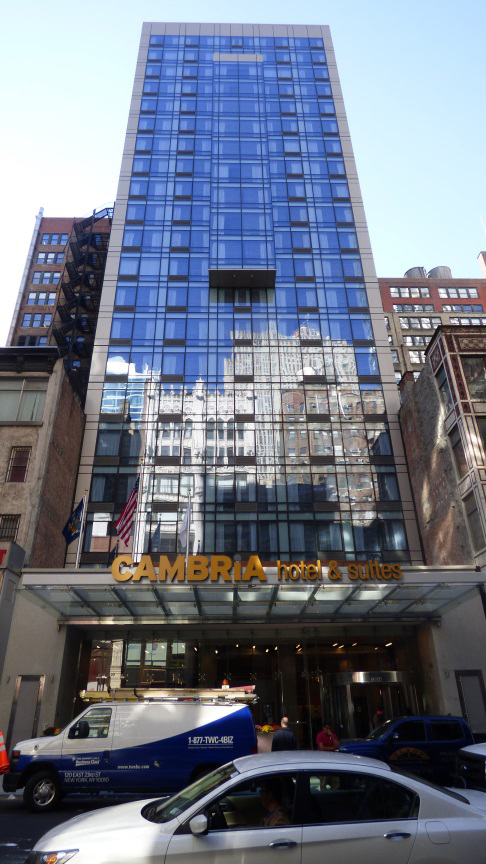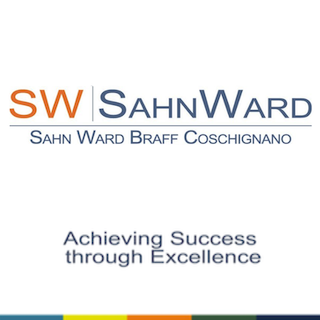News:
Green Buildings
Posted: September 27, 2010
The next wave: LEED for Existing Buildings - Operations & Maintenance (EBOM)
When most people think of a LEED-certified building, they think brand-new construction. In fact, LEED certification for existing buildings has become so popular that in 2 ½ years over 1.5 billion s/f of existing building stock have been registered for LEED certification with the US Green Building Council (USGBC).
LEED stands for "Leadership in Energy and Environmental Design," a designation of the USGBC. Both new and existing buildings achieve LEED certification by first being sure to meet specific green prerequisites, most importantly: achieving a specific level of building energy efficiency.
Surprisingly, many existing buildings already have such a high level of energy efficiency that they can meet the LEED energy efficiency prerequisite without any mechanical upgrades to their building energy systems. In other cases, only slight modifications are needed to raise energy performance to meet LEED standards.
There are significant cost-effective benefits to achieving LEED EBOM certification, both direct and indirect. Direct benefits include: reduced operating costs, increased net operating income (NOI), higher occupancy rates, and an increase in the value of a building.
The indirect benefits of LEED EBOM certification include risk mitigation of: building value erosion, rapid rise in utility costs, and tenant demand for green operations. Other indirect LEED EBOM benefits include: increased tenant heath & productivity, excellent marketing and public relations, and the recognized LEED operations and maintenance (O&M) metrics that fit seamlessly into corporate sustainability green building programs.
With such cost-effective benefits, it's no surprise that there is an explosion in registration of existing buildings for LEED certification.
Jimmy Carchiaetta, LEED AP, is the founder & CEO of The Cotocon Group, New York, N.Y.
Tags:
Green Buildings
MORE FROM Green Buildings
IREON Insights: DURA Architectural Signage manufactures and delivers over one million signs
Long Island City, NY Since its founding in 1955, IREON member DURA Architectural Signage has proudly manufactured and delivered more than one million signs to clients across a wide range of industries. From architectural interior signage to large-scale exterior installations, their work can be seen in corporate








.gif)


.jpg)
.gif)